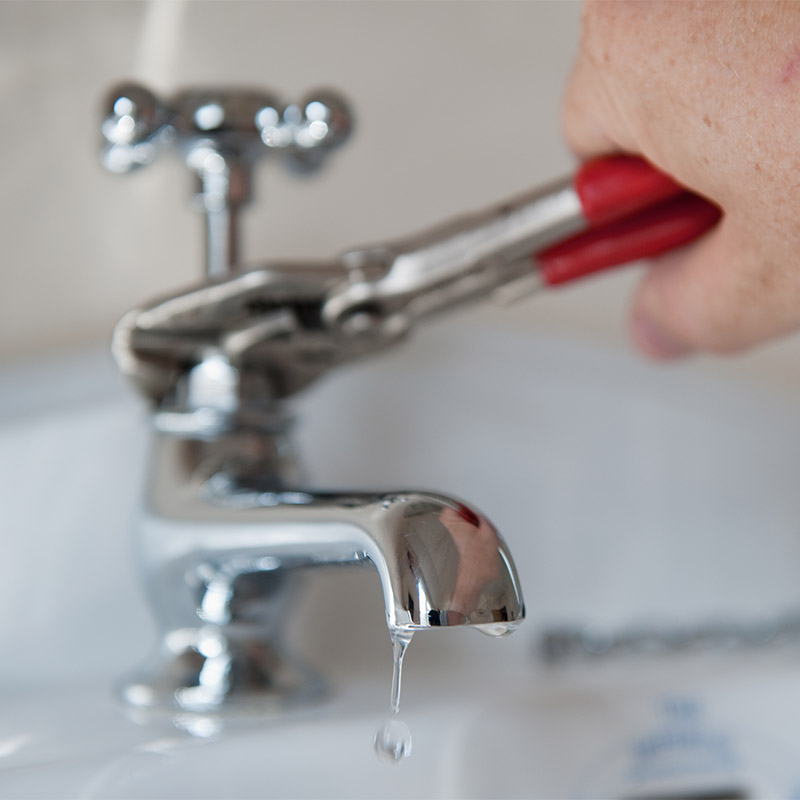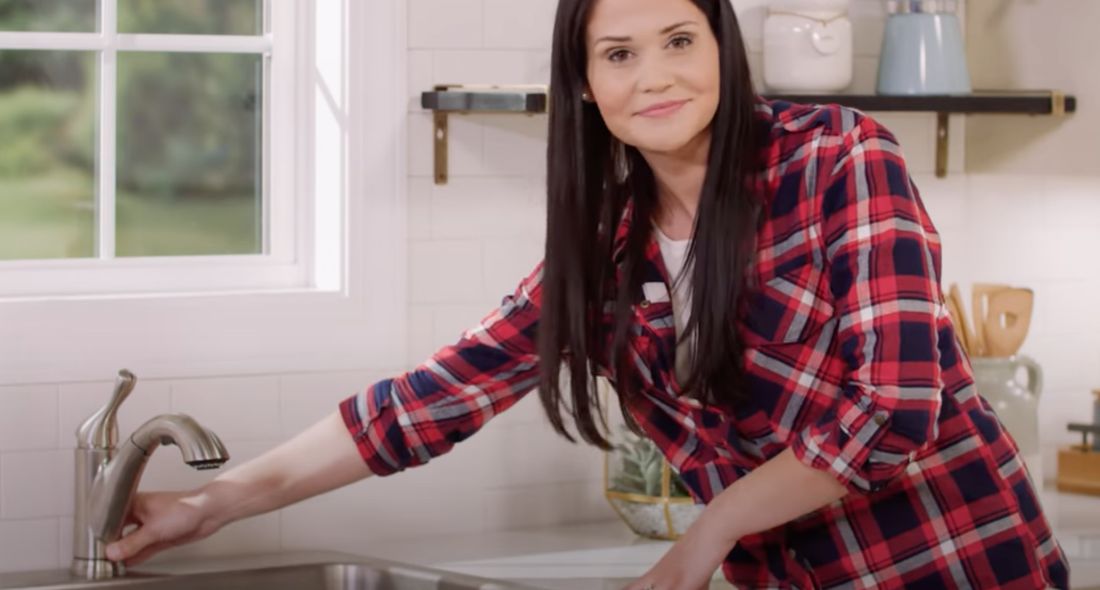Discovering the Significance of Fixing a Faulty Faucet
Discovering the Significance of Fixing a Faulty Faucet
Blog Article
This article underneath pertaining to Water Dripping from Faucet: Why and How to Fix is without a doubt engaging. Read it for your own benefit and see what you think of it.

Dripping taps might appear like a minor inconvenience, however their impact surpasses just the nuisance of the sound. From wasting water to sustaining unnecessary monetary expenses and health threats, neglecting a dripping tap can bring about various repercussions. In this write-up, we'll delve into why it's vital to resolve this common home issue quickly and successfully.
Wastefulness of Water
Environmental Impact
Dripping faucets add dramatically to water wastage. According to the Environmental Protection Agency (EPA), a solitary tap dripping at one drip per second can waste greater than 3,000 gallons of water each year. This not only pressures water resources but additionally impacts environments and wildlife depending on them.
Financial Expenses
Enhanced Water Costs
Beyond the ecological impact, leaking faucets can blow up water expenses significantly. The built up wastage over time converts into greater energy expenses, which can have been prevented with prompt fixings.
Prospective Home Damage
In addition, prolonged leaking can result in harm to components and surfaces bordering the faucet. Water build-up can create staining, rust, and even structural problems if left neglected, causing extra fixing costs.
Wellness Concerns
Mold and Mildew Development
The constant presence of dampness from a trickling faucet creates an optimal atmosphere for mold and mildew and mold growth. These fungis not just jeopardize interior air top quality yet additionally posture health and wellness risks, particularly for people with respiratory system problems or allergic reactions.
Waterborne Illness
Stagnant water in dripping taps can end up being a breeding ground for bacteria and other microorganisms, enhancing the threat of waterborne illness. Contaminants such as Legionella microorganisms prosper in stagnant water, potentially causing major ailments when ingested or breathed in.
DIY vs. Specialist Repair work
Pros and Cons of Do It Yourself Repair
While some may try to fix a dripping faucet themselves, do it yourself repair work include their very own collection of obstacles. Without correct knowledge and devices, DIY efforts can intensify the problem or lead to insufficient fixings, extending the problem.
Advantages of Hiring a Specialist Plumber
Employing a professional plumber guarantees that the underlying reason for the trickling faucet is dealt with successfully. Plumbings have the knowledge and tools to identify and fix faucet problems successfully, saving time and lessening the risk of additional damages.
Step-by-Step Guide to Fixing a Dripping Faucet
Tools Needed
Before attempting to take care of a trickling faucet, gather the necessary tools, consisting of an adjustable wrench, screwdrivers, replacement parts (such as washers or cartridges), and plumber's tape.
Usual Tap Issues and Their Solutions
Recognize the kind of faucet and the details problem triggering the drip. Usual troubles consist of damaged washing machines, corroded valve seats, or damaged O-rings. Describe producer guidelines or on the internet tutorials for detailed assistance on repairs.
Safety nets
Normal Maintenance Tips
To prevent leaking taps, carry out routine upkeep such as cleansing aerators, examining for leakages, and changing damaged components quickly. In addition, think about mounting water-saving devices or updating to much more reliable fixtures.
Importance of Prompt Services
Addressing leaking faucets as quickly as they're noticed prevents more water wastefulness and potential damages, ultimately conserving both water and cash in the long run.
Effect On Residential Or Commercial Property Value
Assumption of Well-Maintained Residential Or Commercial Property
Maintaining a home in good condition, including attending to upkeep problems like leaking faucets, improves its regarded worth and worth among prospective buyers or tenants.
Impact on Resale Value
Residences with properly maintained plumbing fixtures, including faucets, command higher resale worths in the realty market. Attending to dripping faucets can contribute to a positive impact during building inspections and negotiations.
Environmental Responsibility
Specific Contribution to Preservation
Taking obligation for taking care of trickling taps lines up with broader initiatives towards water conservation and environmental sustainability. Every person's actions jointly make a substantial effect on preserving priceless resources.
Lasting Living Practices
By prioritizing prompt repair work and taking on water-saving habits, people add to lasting living practices that benefit both existing and future generations.
Conclusion
Addressing a dripping tap exceeds simple convenience; it's an important action toward saving water, decreasing economic expenses, and guarding wellness and residential property. Whether through DIY repairs or expert aid, acting to take care of trickling faucets is a small yet impactful method to advertise responsible stewardship of sources and add to a much healthier, more sustainable future.
How to Fix a Leaky Faucet: Step-by-Step Repair Guide
A leaky faucet may seem like a simple annoyance, but if it's not fixed promptly, that leak could cost hundreds to potentially thousands. From water damage to mold, mildew, and high water bills, even a tiny leak can be catastrophic if left unattended. Damage like this can even affect the overall value of your home, so it's important to take the right approach for leaky faucet repair. You may need the help of a plumber in some cases, but we've got a few tips you can try on how to fix a leaky faucet before calling the pros.
Four Faucet Types
When you're learning how to fix a leaky faucet, the first step is knowing what kind of faucet you're working with! There are four common types.
Cartridge Faucets
Cartridge faucets come in one- or two-handled varieties. In one-handled cartridge faucets, hot and cold water combines in a single cartridge. In the two-handled versions, hot and cold water are controlled separately and mixed in the faucet.
Ball Faucets
Ball faucets have a single lever you push up and down to adjust the pressure and rotate to change the temperature. A slotted metal ball controls the amount of water allowed into the spout.
Compression Washer Faucets
They're the oldest type of faucet, but they're still used in many homes — especially older ones. Compression faucets have two separate handles that, when turned, raise or lower the washer that seals a water valve. This valve stops water from flowing through the faucet when it is turned off.
Disc Faucets
Disc faucets rarely need to be repaired due to their maintenance-free design. The water flow is controlled by two discs — the upper one raises and lowers against a fixed lower disc, creating a watertight seal. If your disc faucet starts leaking, you may need to replace the seals or clean residue buildup from the inlets.
Fixing a Leaky Faucet
Step 1: Turn Off the Water
Whether you're learning how to fix a leaky bathtub faucet or how to fix a leaky kitchen faucet, always turn off the water supply to your working area when you're fixing a leak. The last thing you want is a flood added to your list of things to fix.
Look for the shutoff valves below your sink or around the tub and turn them clockwise to stop the water flow. If your faucet doesn't have shutoff valves, you may need to turn off the water for the whole house. Check to make sure it's off by turning the faucet on. If nothing comes out, you're ready to start the repair.
Step 2: Take Apart the Faucet
How you disassemble your faucet depends on the type of fixture you have. You can use a flathead screwdriver to remove the caps on top of the handle or handles for cartridge and compression faucets. Inside, you should see handle screws. Unscrew these with a screwdriver to remove the handle.
Disc- and ball-style faucets will typically have an inlet screw near the handle, and removing that will reveal the interior of the faucet.
Detach the Valve Stem
For cartridge- and compression-style faucets, you'll see the inner valve stem or cartridge once you remove the faucet handles. If you have a compression faucet, unscrew the brass valve stem. If you have a cartridge faucet, pull out the cartridge. If your cartridge has been in place for a while, it may require some tools or extra force to remove it due to mineral deposits.
Examine and Replace Parts
Once you've removed the parts, check them out to confirm what needs to be replaced. You may see corroded rubber washers, O-rings, stems, or cartridges. On a ball-style faucet, check the seats and springs for damage.
If you need to repair a leaky disc faucet, check the inlet and seals on the lower disc.
Once you determine what parts must be replaced, visit your local hardware store. Bring the damaged parts with you to ensure you can purchase the correct components to replace them.
Clean Valves and Faucet Cavity
If you've removed a stem or cartridge, you may notice mineral buildup in the faucet's threads. Use white vinegar to clean the valve seat by soaking it for a few minutes, then scrub it away with a soft toothbrush and rinse with warm water. You can also clean the interior of the faucet in the same way.
Reassemble the Faucet
Once your faucet is cleaned and the required parts have been replaced, it's time to reassemble it. Put the pieces back together and slowly turn the water supply back on. Doing this slowly is crucial because too much initial water pressure can damage the new hardware you've just installed.
https://homewarranty.firstam.com/blog/how-to-fix-leaky-faucet

I was guided to that article on What Causes Leaky Faucets & How To Fix Them through a friend on our other domain. Are you aware of another individual who is excited about the niche? Feel free to promote it. I praise you for being here. Come back soon.
Report this page